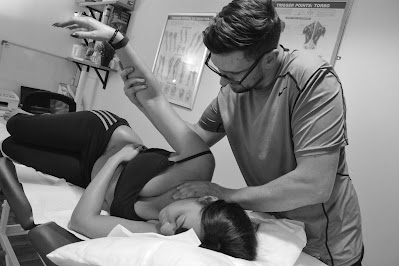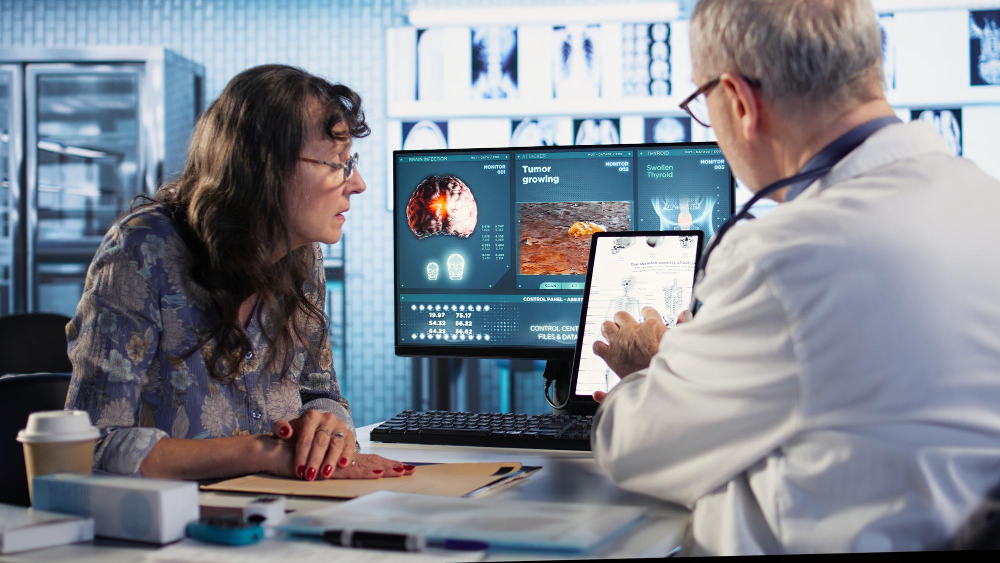When it comes to tackling stubborn warts, many individuals seek professional help from dermatologists to ensure safe and effective removal. Warts Removal Treatment in Abu Dhabi is a common procedure that dermatologists perform with precision and care, utilizing advanced techniques tailored to each patient’s needs. Understanding how dermatologists approach wart removal can help alleviate concerns and set realistic expectations for those considering this treatment.
Initial Consultation and Evaluation
Comprehensive Skin Examination
The process begins with a detailed consultation where the dermatologist assesses the wart’s characteristics. They examine the size, shape, location, and number of warts to determine the most appropriate removal method. During this stage, the dermatologist also reviews the patient’s medical history, including any previous skin conditions or treatments, to ensure safe and effective care.
Diagnosis Confirmation
While most warts are easily identifiable, sometimes a dermatologist may perform a quick skin test or biopsy if the lesion’s appearance is atypical. Accurate diagnosis is crucial to distinguish warts from other skin growths, such as corns or skin tags, which may require different treatments.
Preparing for the Procedure
Patient Education
Before initiating treatment, dermatologists explain the procedure, expected outcomes, and aftercare instructions. This helps patients understand what to expect and alleviates anxiety related to the process.
Skin Preparation
The area surrounding the wart is cleaned thoroughly to prevent infection. In some cases, a local anesthetic may be applied to numb the area, especially if the wart is large, located in sensitive areas, or if the patient experiences anxiety about discomfort.
Techniques Used in Warts Removal
Cryotherapy
One of the most common methods, cryotherapy involves applying liquid nitrogen directly to the wart. This causes the wart tissue to freeze and eventually fall off as the skin heals. The dermatologist carefully targets the wart to avoid damaging surrounding healthy skin. Multiple sessions may be needed depending on the wart’s size and stubbornness.
Electrosurgery and Curettage
For resistant or larger warts, dermatologists may perform electrosurgery combined with curettage. In this procedure, a small electric current is used to destroy the wart tissue, followed by scraping off the remaining growth with a curette. This method ensures thorough removal, especially for stubborn warts.
Laser Treatment
Laser therapy is another effective option, particularly for warts that do not respond to other treatments. The dermatologist directs a focused laser beam to precisely target the wart tissue, vaporizing it without harming adjacent skin. Laser treatment is often chosen for its precision and effectiveness in difficult cases.
Topical Treatments (Applied by the Doctor)
In some instances, dermatologists may use prescription-strength topical medications during the consultation. These are applied directly to the wart and can be used alongside other removal techniques to enhance results.
The Procedure Experience
Duration and Comfort
Most wart removal procedures are quick, often completed within a few minutes. The use of anesthetic or cooling techniques minimizes discomfort during the process. Patients are typically able to resume normal activities immediately afterward, with minimal downtime.
Post-Procedure Care
Following removal, dermatologists provide detailed instructions on caring for the treated area. This includes keeping the area clean and dry, avoiding picking or scratching, and monitoring for signs of infection or recurrence.
Aftercare and Healing Process
Wound Care
Patients are advised to gently clean the area and apply prescribed ointments if necessary. Covering the site with a sterile bandage can protect it from dirt and friction.
Monitoring and Follow-up
Regular follow-up appointments are scheduled to evaluate healing and determine if additional treatments are needed. Some warts may require multiple sessions to completely eradicate, especially if they are deep or resistant.
Lifestyle Tips for Prevention
While dermatologists focus on removal, they also offer guidance on preventing future warts. Maintaining good skin hygiene, avoiding direct contact with warts, and strengthening immune health can reduce the risk of recurrence.
Common Questions About Warts Removal Treatment
How many sessions are typically needed?
The number of sessions varies depending on the wart’s size, location, and response to treatment. Some warts respond after a single session, while others may require multiple visits for complete removal.
Is the procedure painful?
Most procedures involve minimal discomfort, thanks to local anesthesia or cooling techniques. Patients often describe the sensation as a brief prick or coldness during treatment.
How long is the recovery period?
Recovery time is usually short. Patients may experience mild redness or swelling, which typically subsides within a few days. Complete healing can take up to two weeks, depending on the method used and individual healing rates.
Can warts come back after removal?
While removal significantly reduces the chance of recurrence, it is possible for new warts to develop, especially if the virus remains in the skin. Maintaining good hygiene and immune health can help minimize this risk.
Are there any restrictions after the procedure?
Patients are generally advised to avoid scratching or traumatizing the treated area. Wearing loose clothing and protecting the site from excessive friction can promote optimal healing.
Final Thoughts
Dermatologists perform Warts Removal Treatment in Abu Dhabi with a focus on safety, precision, and patient comfort. The choice of technique depends on various factors, including wart size, location, and previous treatment history. With professional care, most patients experience successful removal and enjoy smoother, wart-free skin. Understanding the process and following aftercare instructions can help ensure optimal results and reduce the likelihood of recurrence. For those seeking wart removal, consulting with a qualified dermatologist provides a personalized approach to effectively manage and eliminate these common skin growths.



